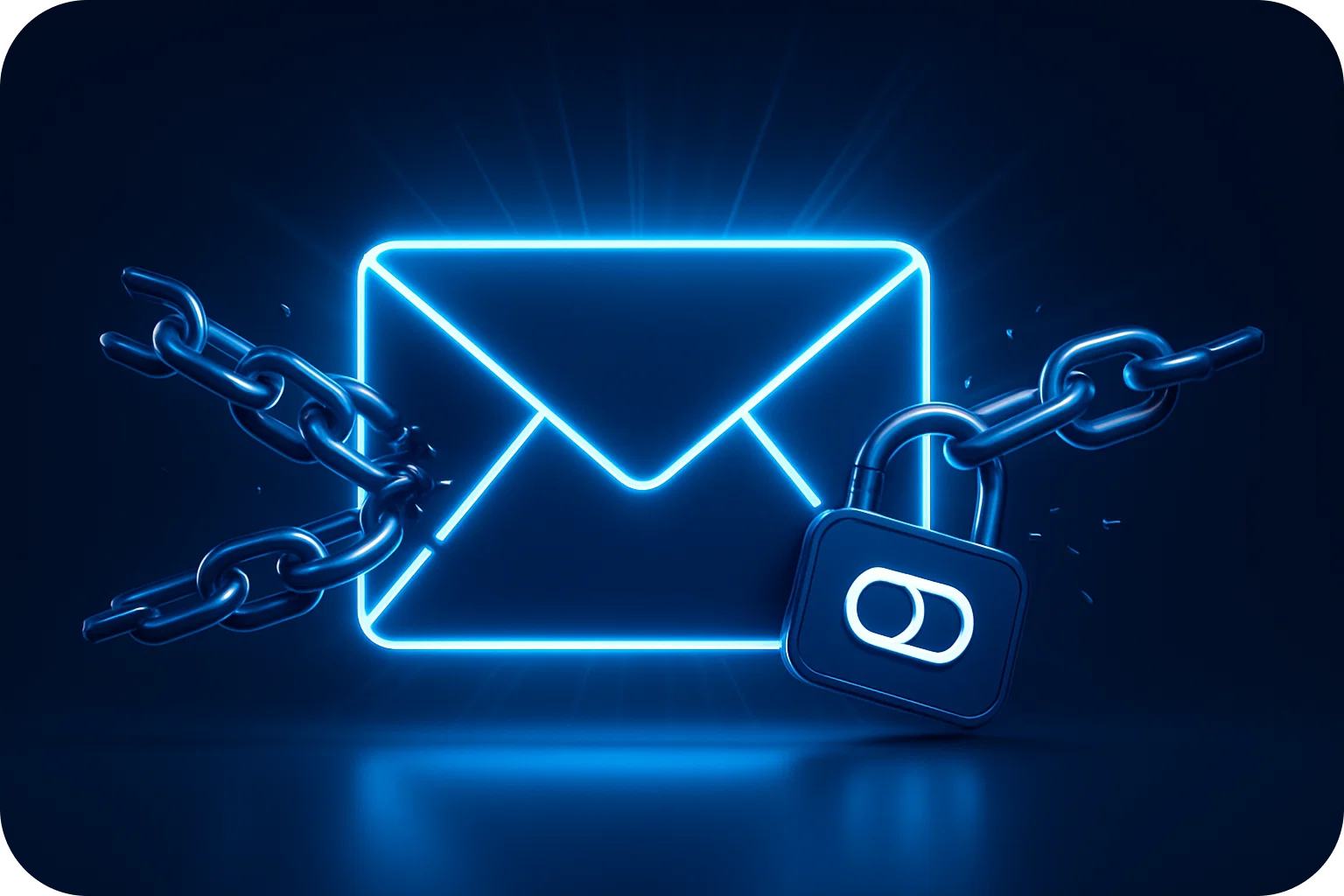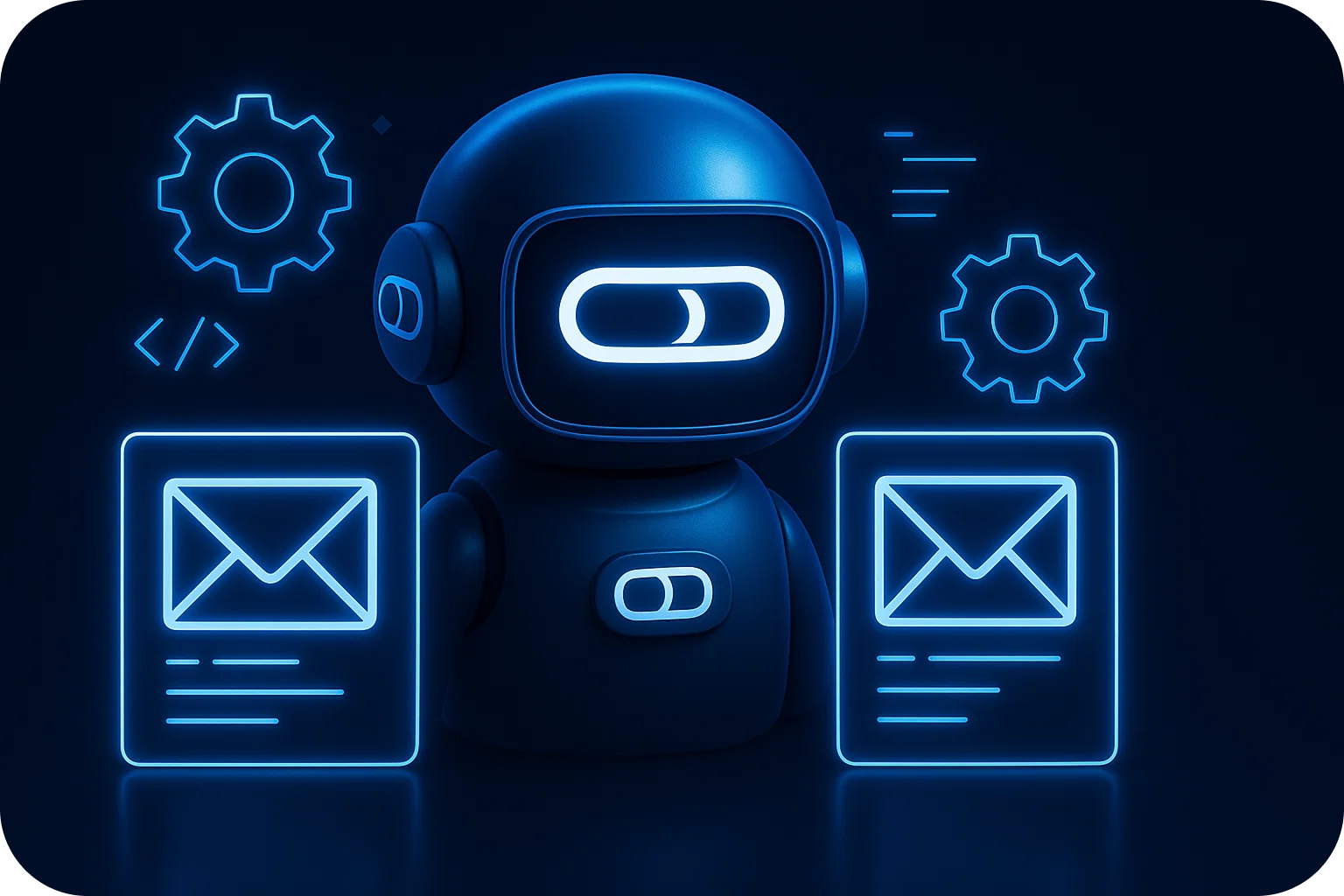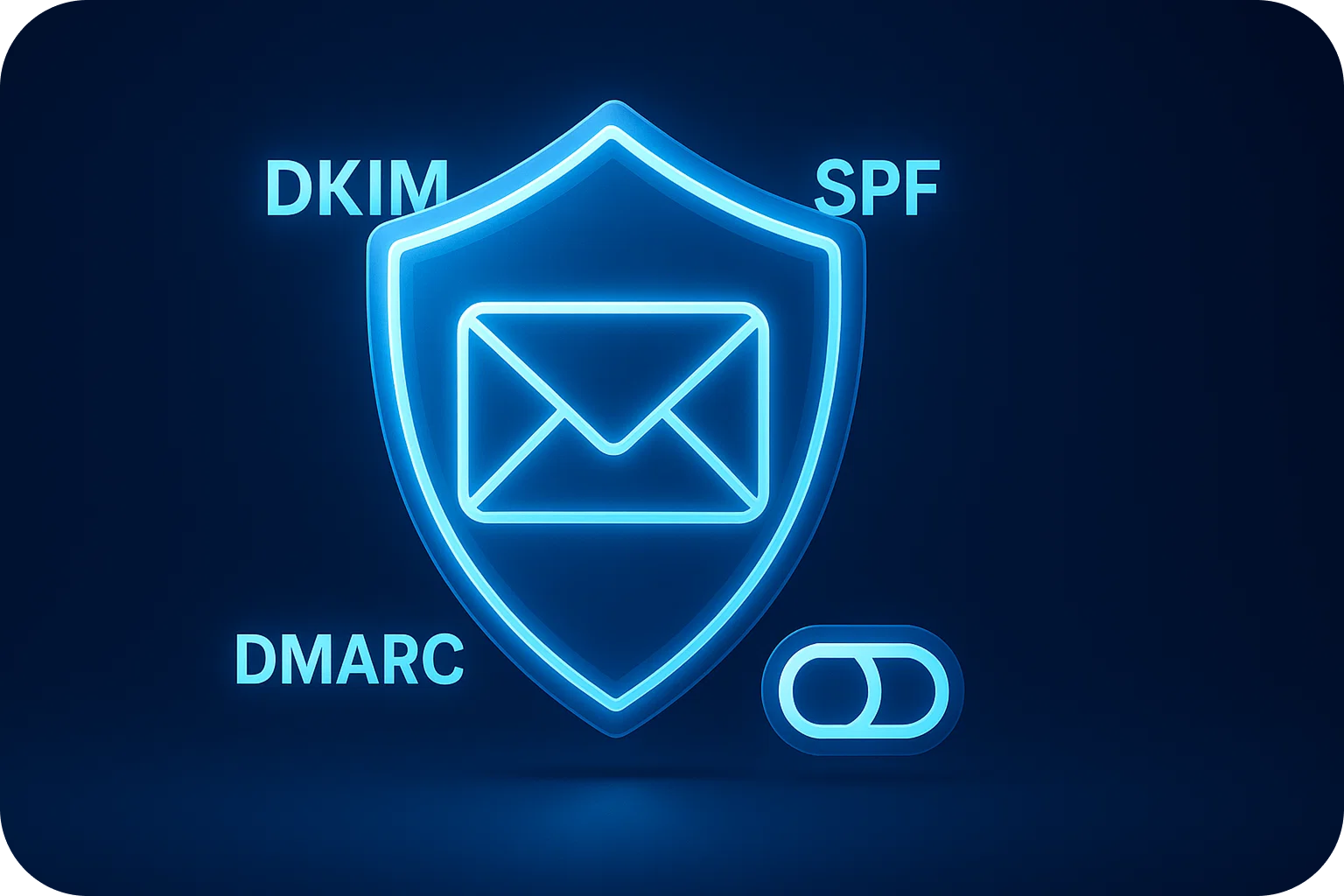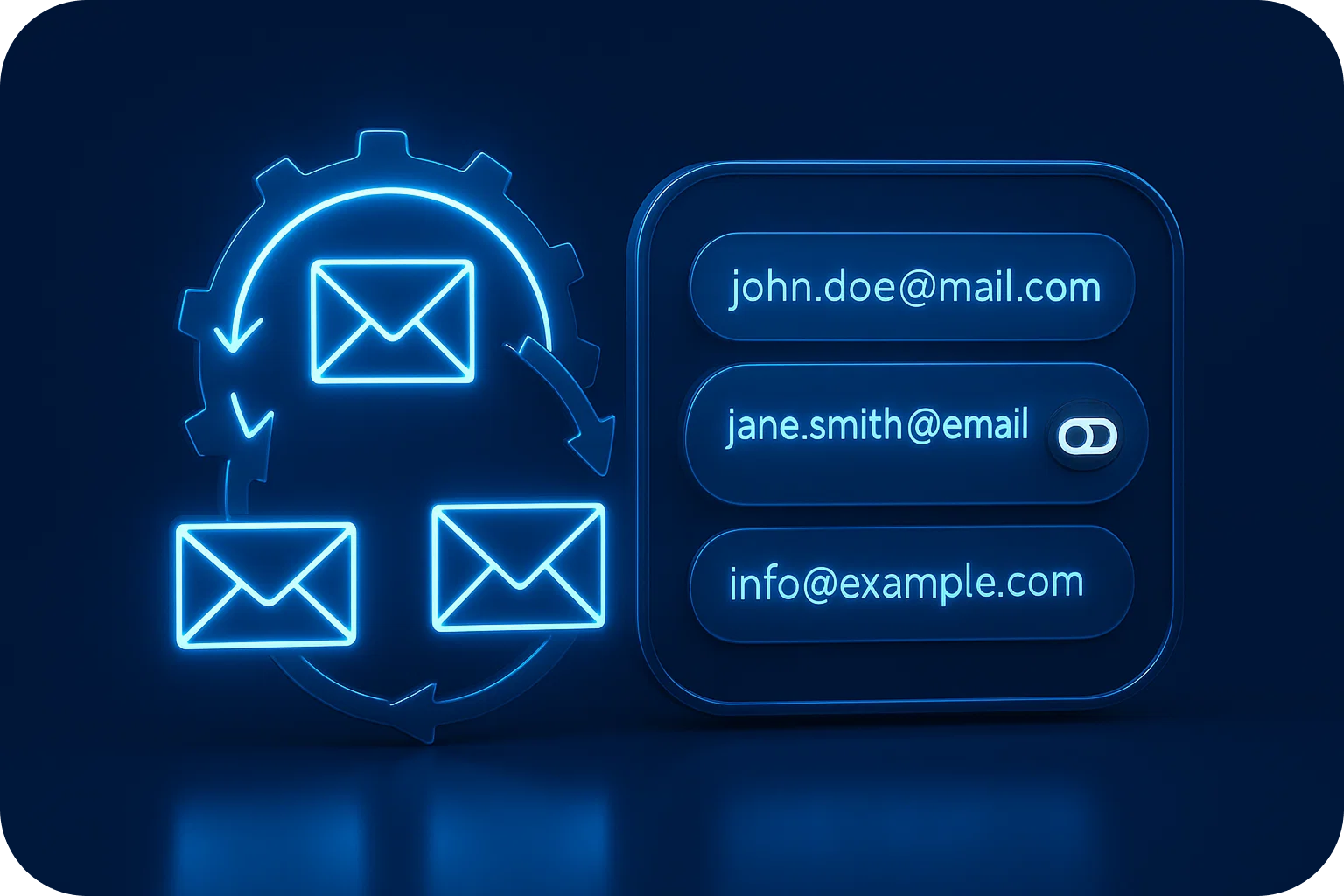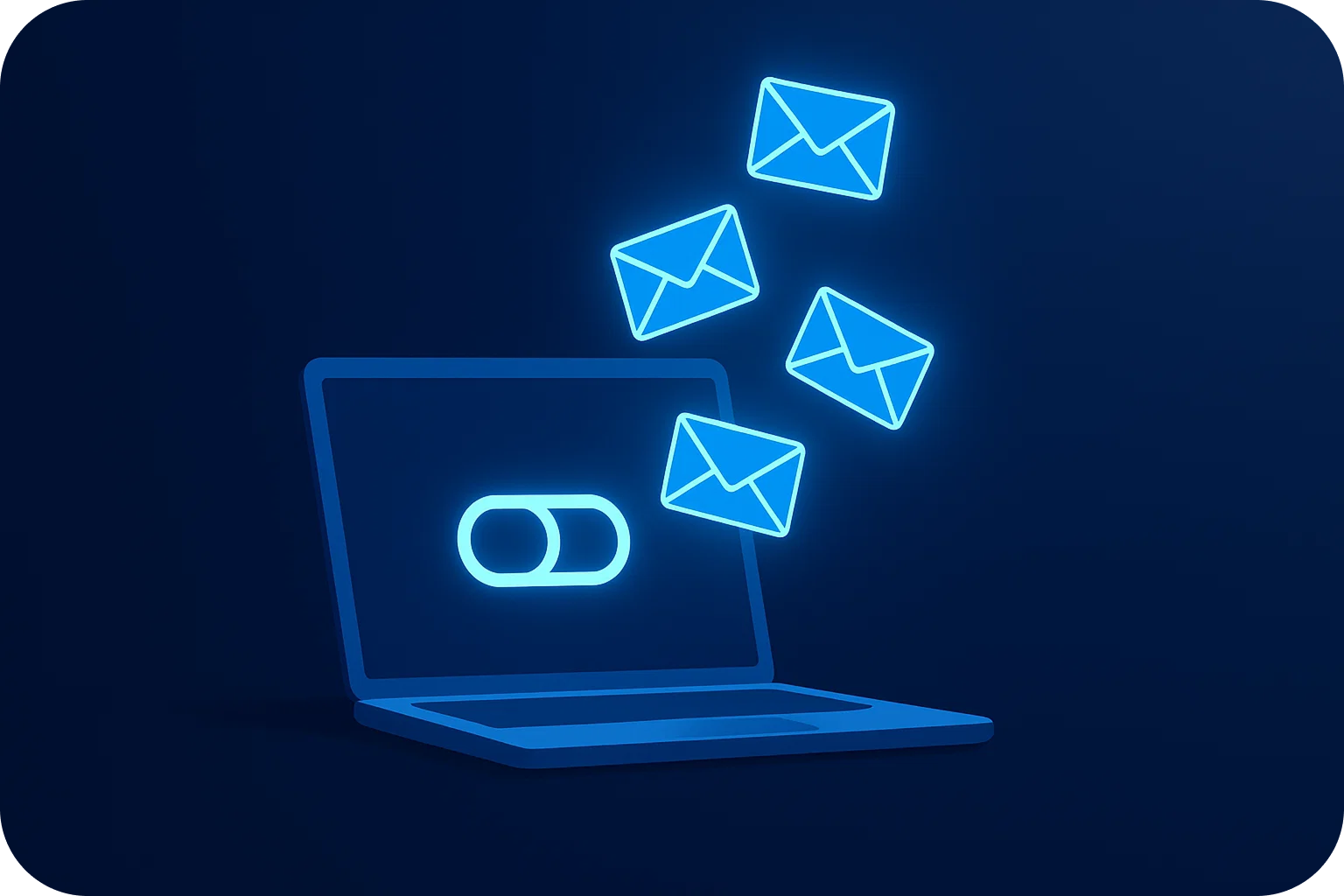The Next Evolution: What Cold Email Will Look Like in 2026
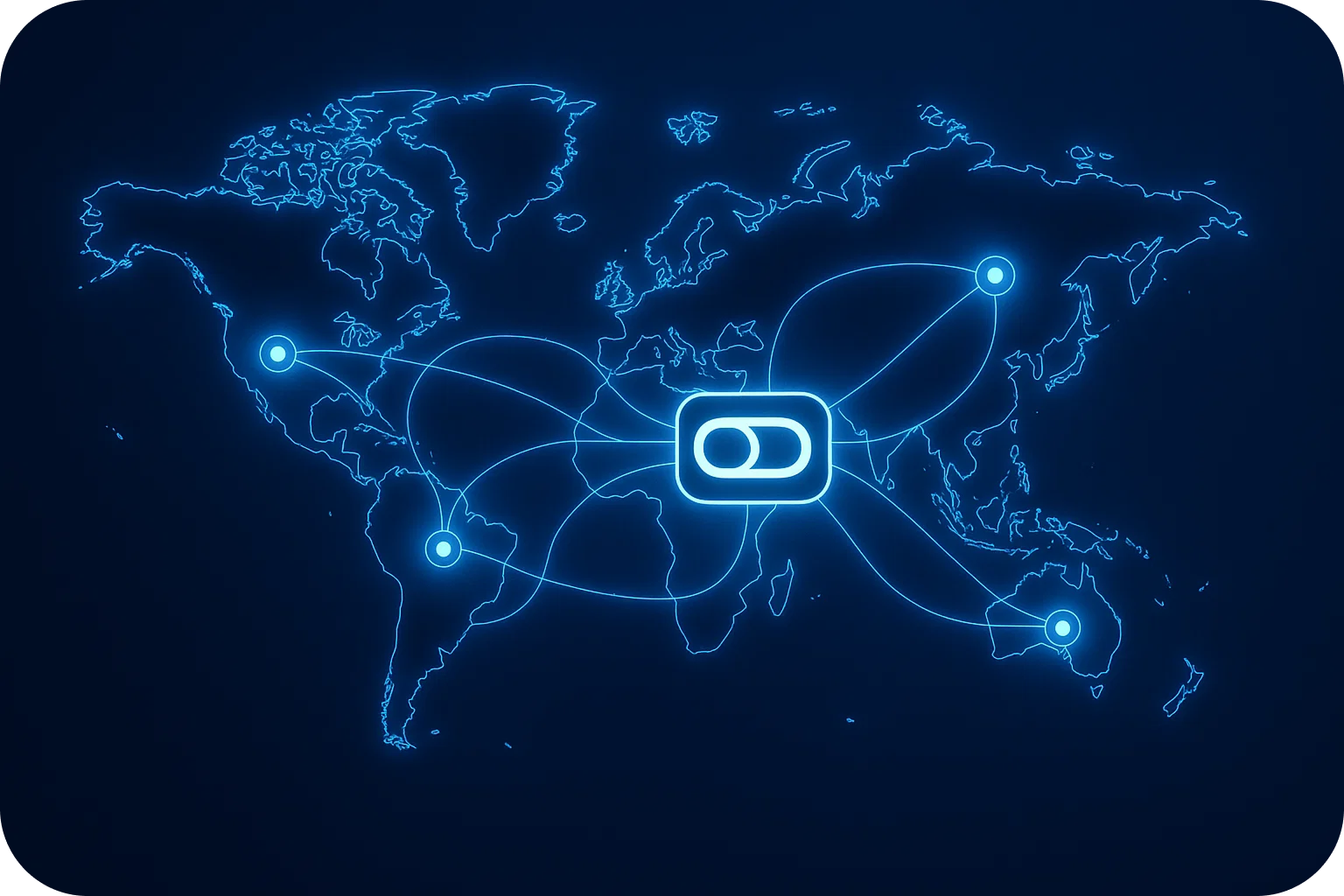
Cold email has undergone dramatic transformations over the past decade, from the Wild West days of mass blasting to today's sophisticated, deliverability-focused strategies. As we look toward 2026, the landscape is poised for another seismic shift driven by AI advancement, stricter inbox protections, and evolving buyer expectations.
If you're still relying on 2023's playbook, your campaigns are likely already underperforming. Here's what the next evolution of cold email will demand from B2B teams and how to prepare your infrastructure now.
Hyper-Personalization Becomes Non-Negotiable
Generic templates are dying faster than ever. By 2026, successful cold emails will require personalization that goes far beyond first names and company mentions. Advanced email automation tools will leverage real-time data signals, recent funding rounds, job changes, product launches, and behavioral triggers to craft messages that feel genuinely relevant.
AI-powered B2B tools will analyze prospects' digital footprints across multiple channels, enabling sales teams to reference specific pain points, recent achievements, or strategic initiatives. The bar for "personalized" will be raised so high that anything less will be immediately flagged as spam both by algorithms and human recipients.
This shift means your workflow automation must integrate seamlessly with data enrichment platforms, CRM systems, and intent monitoring tools. The infrastructure supporting your outreach needs to handle complex data flows while maintaining the speed required for timely, relevant outreach.
Deliverability Infrastructure Becomes More Complex
Email service providers are implementing increasingly sophisticated filtering mechanisms. By 2026, achieving inbox placement will require enterprise-grade infrastructure that most in-house teams can't build alone.
Successful cold email programs will depend on:
- Distributed sending infrastructure: Multiple domains and email accounts strategically rotated to maintain sender reputation
- Advanced warm-up protocols: Automated systems that mimic natural email behavior patterns across weeks, not days
- Real-time deliverability monitoring: Instant alerts when domain reputation drops, with automated remediation workflows
- Provider diversification: Strategic use of Google Workspace, Microsoft 365, and dedicated IP addresses based on campaign objectives
The technical barrier to entry is rising. Companies that treat email infrastructure as an afterthought will find their messages consistently landing in spam folders, regardless of message quality. The 98% deliverability rates that top performers achieve today will become the minimum standard for competitive outreach.
AI SDR Agents Will Handle Volume, Humans Will Handle Strategy
The integration of AI SDR agents into sales workflows will fundamentally reshape how teams approach cold email. By 2026, AI agents will manage the bulk of prospecting activities, identifying leads, crafting initial outreach, handling basic objections, and scheduling meetings.
This doesn't mean human sales professionals become obsolete. Instead, their role evolves toward strategic oversight: defining ideal customer profiles, crafting positioning frameworks, and stepping in for high-value conversations that require a nuanced understanding.
For this human-AI collaboration to work, your email automation infrastructure must support:
- API integrations with AI agent platforms
- Seamless handoffs between automated and manual touchpoints
- Unified analytics that track performance across both AI-driven and human-driven sequences
- Scalable inbox capacity to support 100x increases in outreach volume
The companies that win will be those that build infrastructure capable of supporting thousands of daily emails while maintaining the deliverability and personalization standards that actually generate responses.
Compliance and Privacy Regulations Tighten Further
GDPR was just the beginning. By 2026, expect more comprehensive data privacy regulations across multiple jurisdictions, with stricter penalties for non-compliance. Cold email programs will need built-in compliance frameworks that automatically adapt to regional requirements.
This means your B2B tools must include:
- Automatic opt-out management across all domains and campaigns
- Data retention policies that comply with evolving regulations
- Audit trails documenting consent and communication history
- Geographic segmentation to ensure region-specific compliance
The cost of non-compliance, both in fines and reputation damage, will make robust compliance infrastructure a competitive necessity, not a nice-to-have feature.
Multi-Channel Sequences Become Standard
Cold email won't exist in isolation by 2026. The most effective outreach campaigns will orchestrate touchpoints across email, LinkedIn, phone calls, and even direct mail, all coordinated through sophisticated workflow automation platforms.
Your email infrastructure needs to function as part of a larger engagement ecosystem. This requires:
- Integration capabilities with social selling platforms
- Unified contact management across channels
- Cross-channel analytics that attribute results accurately
- Trigger-based workflows that adapt based on prospect behavior across all touchpoints
The days of running email campaigns in isolation are ending. Prospects expect consistent, coordinated experiences across every channel they encounter your brand.
Real-Time Optimization Replaces Set-and-Forget Campaigns
Static email sequences are becoming obsolete. By 2026, successful programs will use real-time data to continuously optimize every element, subject lines, send times, message content, and follow-up cadences.
Advanced email automation platforms will employ machine learning algorithms that:
- Test variations automatically and implement winners without manual intervention
- Adjust sending patterns based on recipient engagement history
- Modify message content based on real-time market conditions
- Predict optimal contact timing for individual prospects
This level of optimization requires infrastructure that can process massive amounts of data, execute complex decision trees, and maintain deliverability across thousands of variations simultaneously.
The Infrastructure Gap Will Separate Winners from Losers
Here's the uncomfortable truth: by 2026, the quality of your email infrastructure will matter more than the creativity of your copywriting. A brilliant message sent from a poorly-configured domain with inadequate warm-up will never reach the inbox. A decent message sent from enterprise-grade infrastructure with proper deliverability management will at least get read.
The companies scaling cold email successfully in 2026 will be those that invested in proper infrastructure today:
- Multiple domains properly configured with SPF, DKIM, and DMARC records
- Dedicated email accounts warmed up over weeks, not days
- Sending volume is distributed strategically to maintain sender reputation
- Real-time monitoring systems that catch deliverability issues before they cascade
- Integration capabilities that support the full tech stack required for modern outreach
Building this infrastructure in-house requires specialized expertise, ongoing maintenance, and significant time investment. For most sales and marketing teams, partnering with specialized platforms that provide turnkey cold email infrastructure will be the only viable path to maintaining competitive outreach capabilities.
Preparing Your Team for 2026
The evolution of cold email isn't waiting for 2026 to arrive; it's happening now. Teams that wait to upgrade their infrastructure will find themselves playing catch-up while competitors capture market share.
Start by auditing your current setup:
- What's your actual inbox placement rate across major providers?
- How many domains and email accounts are you currently managing?
- What's your warm-up protocol, and how long does it take?
- Can your infrastructure scale to support 10x or 100x your current volume?
- How quickly can you integrate new B2B tools and AI agents into your workflow?
If you're struggling to answer these questions confidently, your infrastructure isn't ready for what's coming.
The Bottom Line
Cold email in 2026 will be more powerful than ever, but only for teams with the infrastructure to support it. The combination of AI-powered personalization, sophisticated deliverability management, and multi-channel orchestration will enable outreach at scales previously impossible.
But this future isn't accessible to everyone. The technical complexity and resource requirements create a clear divide: companies with proper email automation infrastructure will scale effortlessly, while those relying on outdated approaches will watch their deliverability rates plummet and response rates disappear.
The question isn't whether cold email will evolve, it's whether your infrastructure will evolve with it. The teams making strategic investments in deliverability management, workflow automation, and scalable sending capacity today will be the ones dominating their markets tomorrow.
Don't wait until your competitors have already made the leap. The next evolution of cold email is here, and it's time to upgrade your infrastructure to match.
More articles
Get started now




%201.png)
